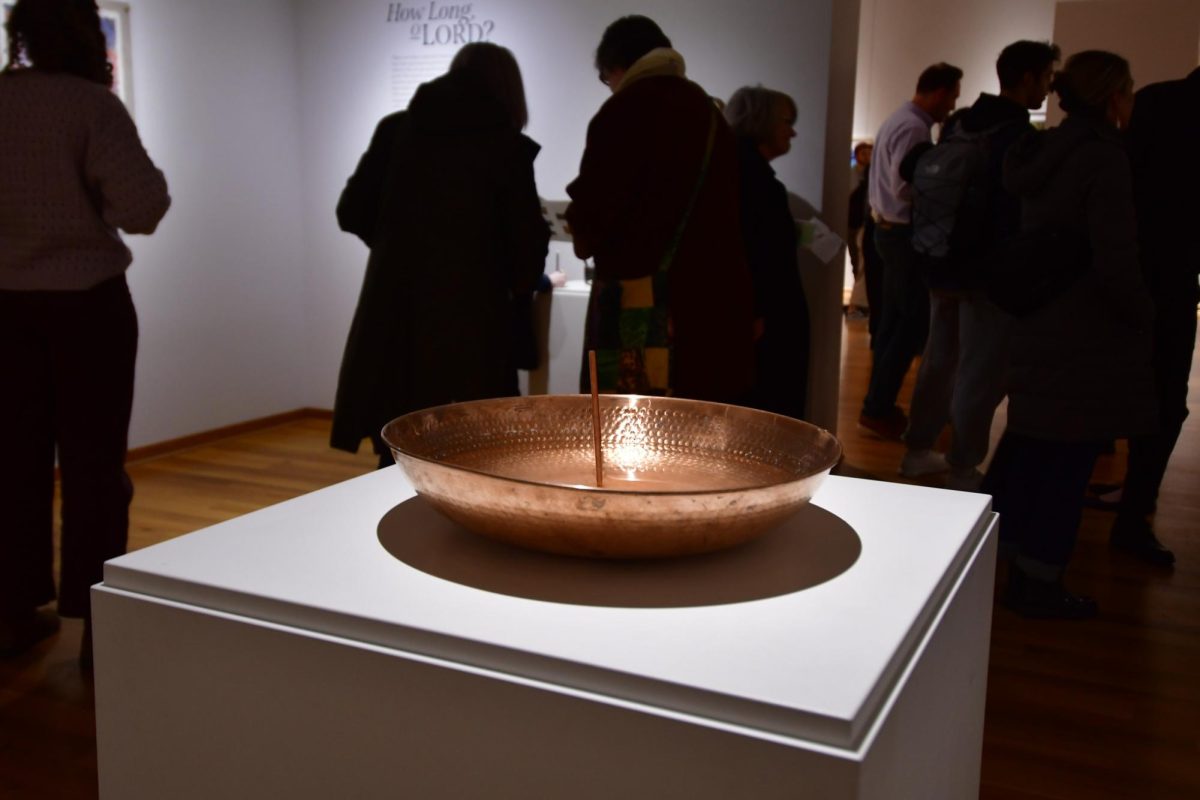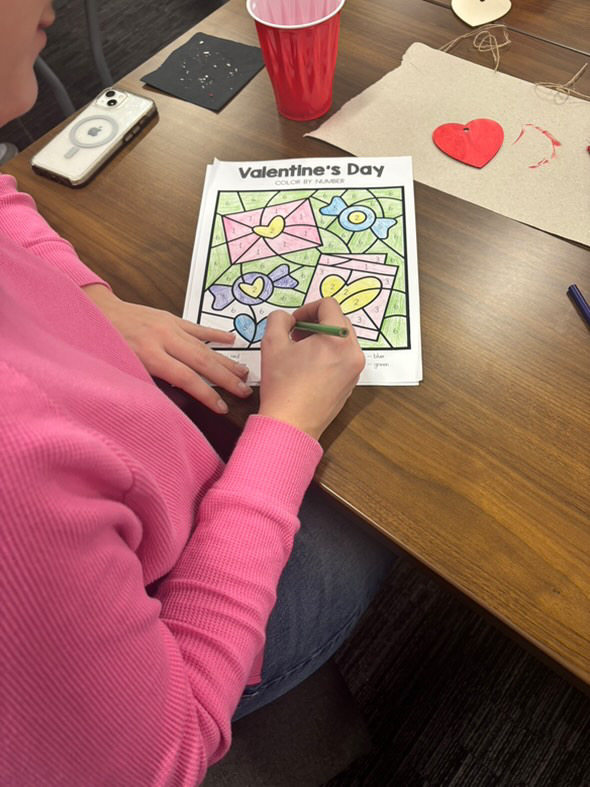“Beasts of the Southern Wild” stormed its way into the world, grabbing headlines and awards praising its originality and the fierceness of its child lead, Quvenzhané Wallis. This review will largely treat those qualities as earned.
Combining realism and a frenetic childhood fairytale magic — crushing poverty and revivified Ice Age monsters share the screen — this film is genuinely unlike anything this reviewer has ever seen. Wallis is also compelling and will likely be deservedly showered with accolades. That is the real tragedy of the situation. With a premise as intriguingly odd and a child lead as unusually assured as this film has, it proceeds to make itself something far lesser and less interesting than either of them.
To its credit, “Beasts” could have been so much worse than it is. Its plot concerns a roughshod community of castaways living on an island south of New Orleans they call The Bathtub. Though impoverished, the people there are closely knit and live festively, in close connection to the Gulf and the animal life they depend on for survival. Climate change, however, is bringing them rather closer to the Gulf than they would like, and brings with it an apocalyptic hurricane that overwhelms their low-lying homes.
Enter Hushpuppy (Wallis) and her father Wink (Dwight Henry), who live uneasily together, haunted by the memory of Hushpuppy’s absent mother. Wink is a failure of a guardian, often drunk and constantly yearning for his daughter to be “a man” as he often calls her. Sometimes, the action cuts from their travails to glacial collapse and the slow advance of a group of Aurochs, mythical pig-like colossi that are more metaphorical than real, even when the two narrative worlds collide. Performances besides Wallis’s, especially Henry’s, tend toward flatly boisterous, sharpening this already shrill film.
This could have turned into voyeurism or exploitation on one hand or romanticism on the other, and the film largely avoids these two traps. What it cannot escape from, however, is its own creator. Like the thundering hooves of the Aurochs, director, writer, and score composer Benh Zeitlin tramples all over his own best ideas with a style that is so aggressive and overbearing that it ruined the entire film. Most, if not all of the cinematography is hand-held, and its view is supposed to mimic that of a young child.
The problem is that everything becomes muddled in blur, and the shots that are more tranquil are usually covered over by cloying, naive-but-wise narration or a truly horrid musical score. “Beasts” is of two minds, wanting to explore a tiny but deeply connected community of people and be a fable about humanity’s role in nature and the thin line between human and animal. It fails to do either well.
It has its moments of evocative beauty, ironically in its way of framing the dying island’s flora and fauna as they decay. The special effects used to bring the Aurochs to life are also convincing and their design is suitably savage to evoke some primal awe the film was going for.
Many have made the comparison between “Beasts” and Terrence Malick’s 2011 film “The Tree of Life.” However, the latter film wears its pretensions to profundity naturally, gliding and making its connections with real drama and beauty. Whatever the quality of the former, it is ultimately far more earthbound and overly concerned with its own grotesqueness to reach those kinds of heights. Add in an often clumsy and overwrought execution, and it fails to deserve any of those lofty comparisons.





